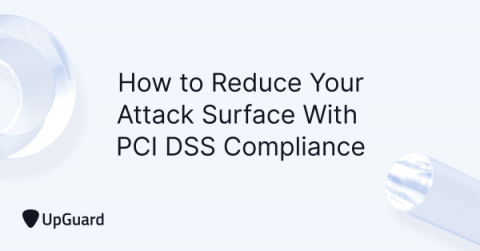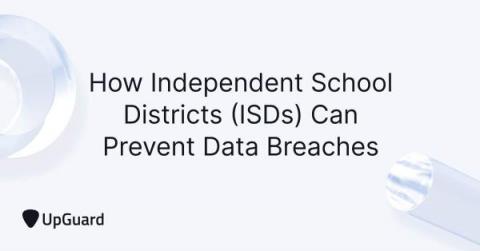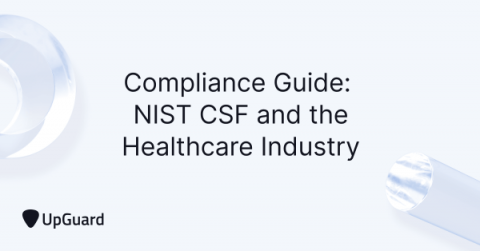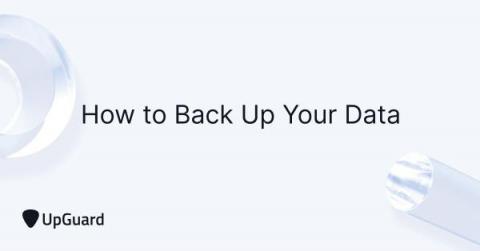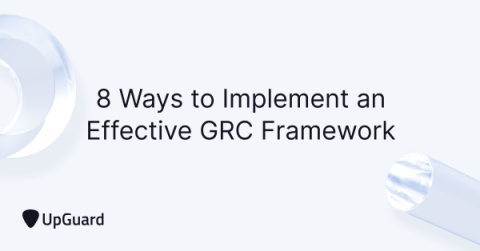How to Reduce Your Attack Surface With PCI DSS Compliance
While PCI compliance sets an industry benchmark surrounding cybersecurity for the financial sector, organizations shouldn’t rely on it to protect themselves against data breaches. The harsh truth is that cybercriminals will exploit any weakness in an organization’s IT infrastructure to gain unauthorized access to sensitive data, not just those covered by PCI DSS compliance requirements.


